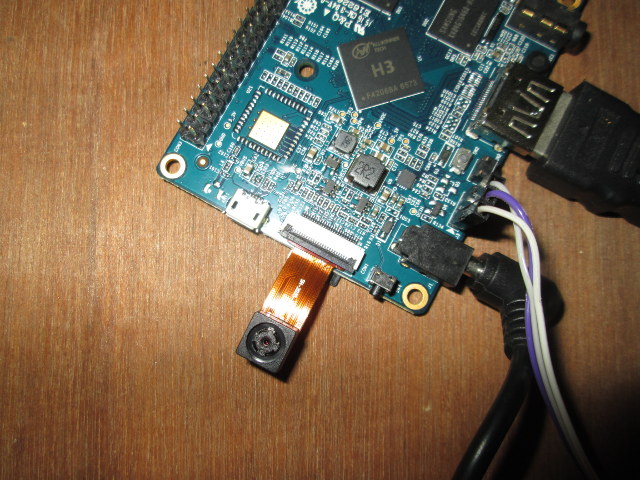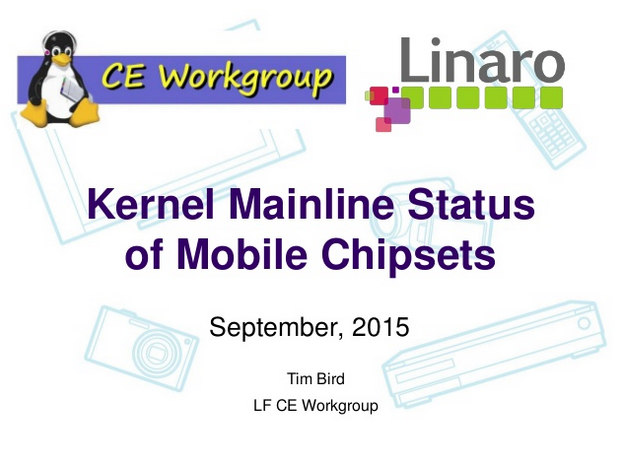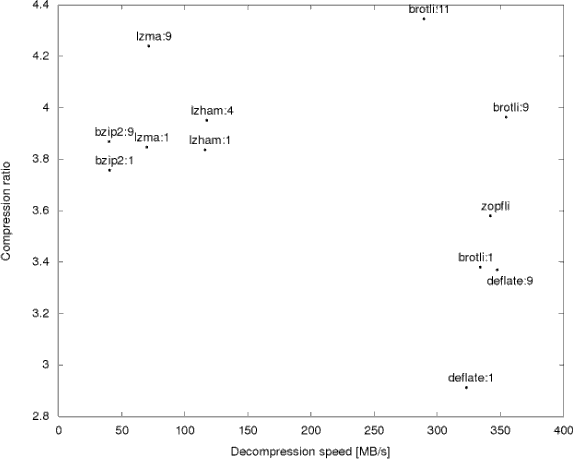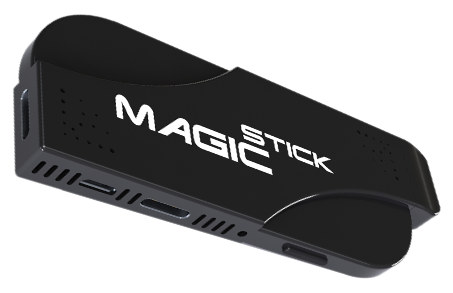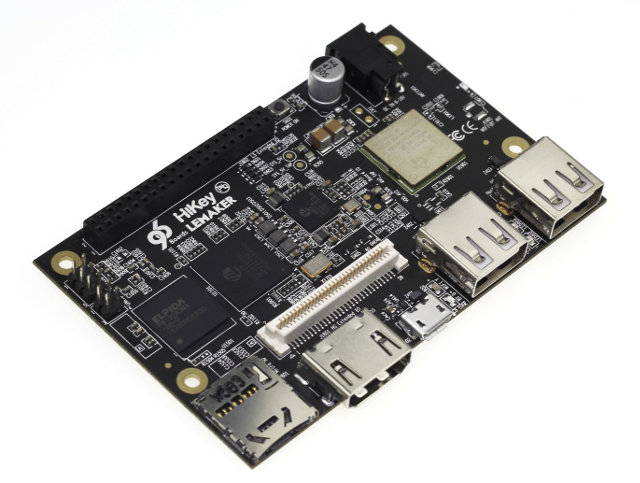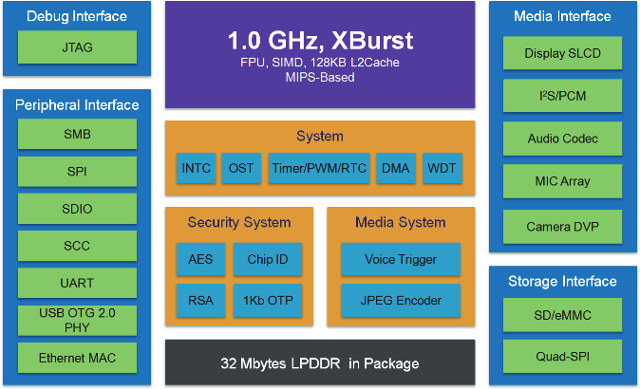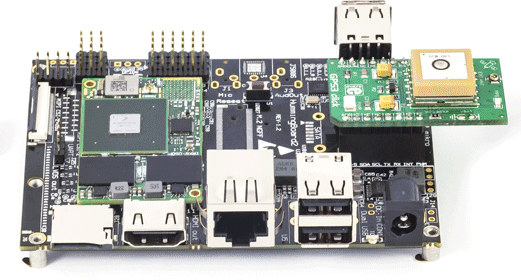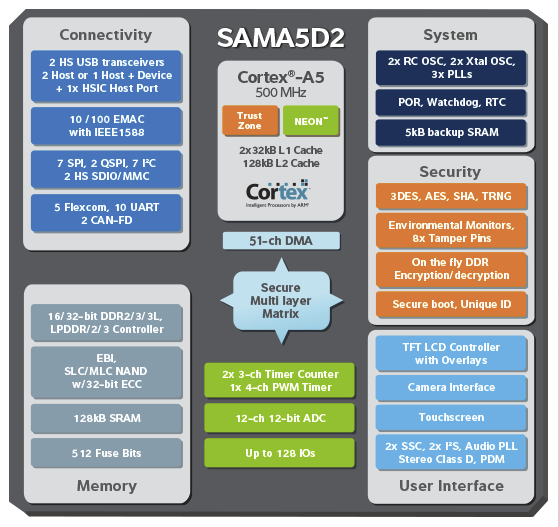Earlier this month, I wrote a Quick Start Guide for Orange Pi Allwinner H3 boards such as Orange Pi PC, and showed how to install and configure Debian on the boards. I’ve also received the $5.90 Orange Pi camera, which when combined an Orange Pi PC, costs around $27 including shipping. So today, I’ve attached the CSI camera to my Orange Pi 2 mini board, and used it with motion to transform for the board into an IP camera. First, you’ll need to insert the camera into CON1 connector with the camera facing the ceiling, and close the black clip to keep it in place. Now connect all cable and power on your board. First, I studied the steps described on that forum thread, and modified Allwinner configuration files, but after one or two hours, I found out some work at been done since May, and it was now much […]
Linux Kernel Mainline Status of Mobile SoCs Presentation at Linaro Connect SF015
Linaro Connect San Francisco 2015 is taking place this week, and several 96Boards have been presented including LeMaker Hikey and Qualcomm DragonBoard 410c, both of which will finally be available by the end of the year. But there are also many technical presentation and discussions that are uploaded to LinaroOnAir Youtube account, and they’ve greatly improved video and audio quality compared to the past, with presentation slides also available on Slideshare. I’ve just watched one of the session entitled “Kernel Mainline Status of Mobile Chipsets” by Tim Bird, Sony Mobile. Also the talk focus on mobile SoC, it’s also relevant to other consumer electronics products, and some embedded systems. The presentation states the extend of the issues, shares comparisons between the vendor device tree and mainline, and explains how developers can participate, with the talk ending with a discussion within the group of attendees. Here’s a summary of some of […]
Brotli Compression Algorithm Combines High Compression Ratio, and Fast Decompression
After Zopfli, Google has now announced and released Brotli, a new compression algorithm to make the web faster, with a ratio compression similar to LZMA, but a much faster decompression, making it ideal for low power mobile devices. Contrary to Zopfli that is deflate compatible, Brotli is a complete new format, and combines “2nd order context modeling, re-use of entropy codes, larger memory window of past data and joint distribution codes” to achieve higher compression ratios. Google published some benchmark results comparing Brotli to other common algorithms. Since the company aims to make the web faster, the target is to decrease both downloading time (high compression ratio), and rendering time (fast decompression speed), and Brotli with a quality set to 11 is much better than competitor once both parameters are taken into account. As you’d expect the source code can also be pulled from Github. So I gave it a […]
MagicStick TV Sticks Powered by Intel Atom x5 or x7 Processors Feature up to 8GB RAM, HDMI 2.0, 802.11ac… (Crowdfunding)
Several Cherry Trail Atom x5 MegooPad TV sticks are on the way, but they mostly have similar specs to the previous generation Bay Trail sticks, except with a slightly faster processor, and in some models, USB 3.0 support. An Indian company is currently developing some Cherry Trail TV sticks with impressive specifications including processors such as Intel Atom x7-Z8700, up to 8GB RAM, up to 64GB storage, 802.11ac connections, HDMI 2.0, and USB 3.1 type-C connector. These products are called MagicSticks, and three models will soon be available. [Update 30/9/2015: The indiegogo campaign is up, but the Wave is not shown, and instead MagicStick Power has been renamed to Wave, changes are reflected in the table below] MagicStick One MagicStick Wave MagicStick Power Wave Processor Intel Atom x5-Z8300 processor up to 1.83 GHz, with 12 core Gen8 GPU Intel Atom x5-Z8500 processor up to 2.24 GHz, with 12 core Gen8 […]
LeMaker Hikey 96Boards Development Board Comes with 1 to 2GB RAM, Sells for $75 and Up
Hikey was the first 64-bit ARM development board compliant with 96Boards specifications, and supported by Linaro. Availability always seemed to be an issue however, and pricing was set to $129. But Lemaker, the makers of Banana Pi boards, recently joined Linaro, and they’ve built a lower cost version of the Hikey board, still featuring Hisilicon Kirin 620 octa-core ARM Cortex-A53 processor, but with 1GB and 2GB RAM versions, priced respectively at $75 and $99. LeMaker Hikey board specifications: SoC – HiSilicon Kirin 620 octa core Cortex A53 processor @ 1.2 GHz with ARM Mali-450MP4 GPU System Memory – 1 or 2 GB LPDDR3 @ 800 MHz Storage – 8GB eMMC + micro SD slot Video Output / Display – HDMI up to 1080p, MIPI-DSI interface Connectivity – 802.11 a/b/g/n Wi-Fi, Bluetooth 4.1 LE (WL1835MOD module) USB – 2x USB 2.0 host ports, 1x micro USB OTG Camera – MIPI CSI […]
Ingenic X1000 MIPS Processor and X1000 Phoenix Board Target IoT and Embedded Applications
Ingenic is a Chinese SoC vendor that makes processors featuring their X-Burst cores based on MIPS architecture. Their JZ47 series can be found in tablets and development boards such a MIPS Creator CI20, while their M series, including Ingenic M200, are dedicated to wearables & IoT applications. The company has now launched X series starting with X1000 processor which include an audio codec, a Voice Trigger Engine (VTE) and 32MB RAM in package. Ingenic X1000 features: CPU Core – Ingenic MIPS XBurst 32-bit core up to 1.0 GHz, Double precision hardware float point unit, L1 cache 16KB/16KB, and L2 cache 128KB Security Core – On-chip security ROM and RAM, hardware AES and RSA, supports security boot and user customization Memory 32MB LPDDR in package Support 16-bit DDR2, DDR3 and LPDDR up to 512MB Support Quad-SPI NOR/NAND, eMMC, SDHC Display – 8-bit, 9-bit, 16-bit parallel interface SLCD up to 640×480@60Hz, 24 […]
HummingBoard Gate Boards Add a mikroBUS Socket to Support MikroElektronika Click Boards
SolidRun already released HummingBoard-Base, HummingBoard-Pro, and HummingBoard Edge previously, but the company has now launched another version of their Freescale i.MX6 based boards with HummingBoard Gate that adds a mikroBUS socket to support over 150 add-on boards – called Click Boards – made by MikroElektronika. HummingBoard Gate specifications: SoC – Freescale i.MX6 Solo, Dual Lite, Dual, or Quad with Cortex-A9 cores @ 1 to 1.2 GHz System Memory – Up to 4GB DDR3 Storage – Micro SD slot Connectivity – Gigabit Ethernet (limited to 470Mbps), optional WiFi/Bt module Video Output – HDMI output, MIPI-DSI connector Camera – MIPI CSI-4, parallel camera USB – 4x USB 2.0 ports Expansion mPCIe slot with SIM card holder 36-pin GPIO header mikroBUS click interface Misc – Reset button, RTC with battery Power – 7-36V, 5.5mm jack Dimensions – 102 x 69 mm As usual, the board is comprised of a baseboard and a microSOM, […]
Atmel Introduces SAMA5D2 Cortex A5 SoC with Extended Temperature Range, Lower Power Consumption
Today, the news broke out that Atmel will be bought by Dialog Semiconductor for about $4.6 billion. The Anglo-German company is little known as their main products are PMIC, audio and connectivity chips, but they’ve still managed to get the financing to purchase Atmel. But that’s not the purpose of the post today, and instead I’ll cover a new SAMA5 Cortex A5 SoC recently announced by the company, targeting industrial Internet of Things, wearables and point of sale applications. SAMA5D2 key features and benefits: ARM Cortex-A5 core running at 500MHz (785DMIPS). Floating point unit (FPU) for high-precision computing and accelerated data processing. 128KB of L2 cache for system performance Low power consumption Less than 150mW in active mode at 500MHz with all peripherals activated Less than 0.5mW in low power mode with SRAM and registers retention Sub 200µA in retention mode with context preserved New backup mode with DDR in […]


